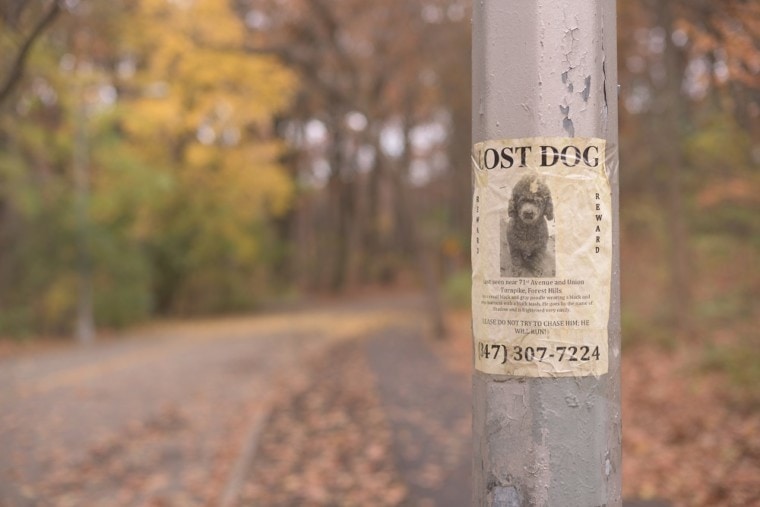
Having a lost dog is extremely stressful. Whether you’ve lost your dog during a winter storm or in the middle of summer, the unknowns of what your pooch is going through can weigh on any pet parent. Sadly, finding your lost dog takes some degree of luck. There isn’t any one thing you can do to ensure that you’ll find your lost dog again.
Luckily, though, there are many things you can try to increase your chances. When it comes to finding your lost dog, getting your contact information out to as many people as possible increases the chance that your canine will be reunited with you. If someone comes across your dog, you want them to know it is a missing animal and how to contact you.
In this article, we’ll discuss many of the top tips you may want to try to find your lost pet.
How to Find a Lost Dog Fast (The 8 Tips)
1. Alert Your Neighbors

The first thing you should do is alert your neighbors and search your neighborhood. If your dog has just run away, they probably haven’t made it very far. Some dogs are extremely fearless when they escape, which means they may be running around greeting neighbors and bothering other dogs. If this is the case with your canine, they may be easier to find.
Some dogs get scared once they get into unfamiliar territory. These dogs may hide under sheds and sneak into garages. It can be difficult to find these dogs by simply walking around the neighborhood. However, they are sure to be found when the owner wanders over to their shed. Therefore, it is essential that everyone near you is alerted to your missing pet.
We recommend walking around your area, alerting neighbors, and looking for your dog at the same time. If you happen to find your dog, great! If you don’t, at least your neighbors know to be on the lookout. Be sure your neighbors have your contact information, as well as your address. It doesn’t do them much good if they don’t know where to find you after locating your dog.
2. Contact Local Rescues and Shelters
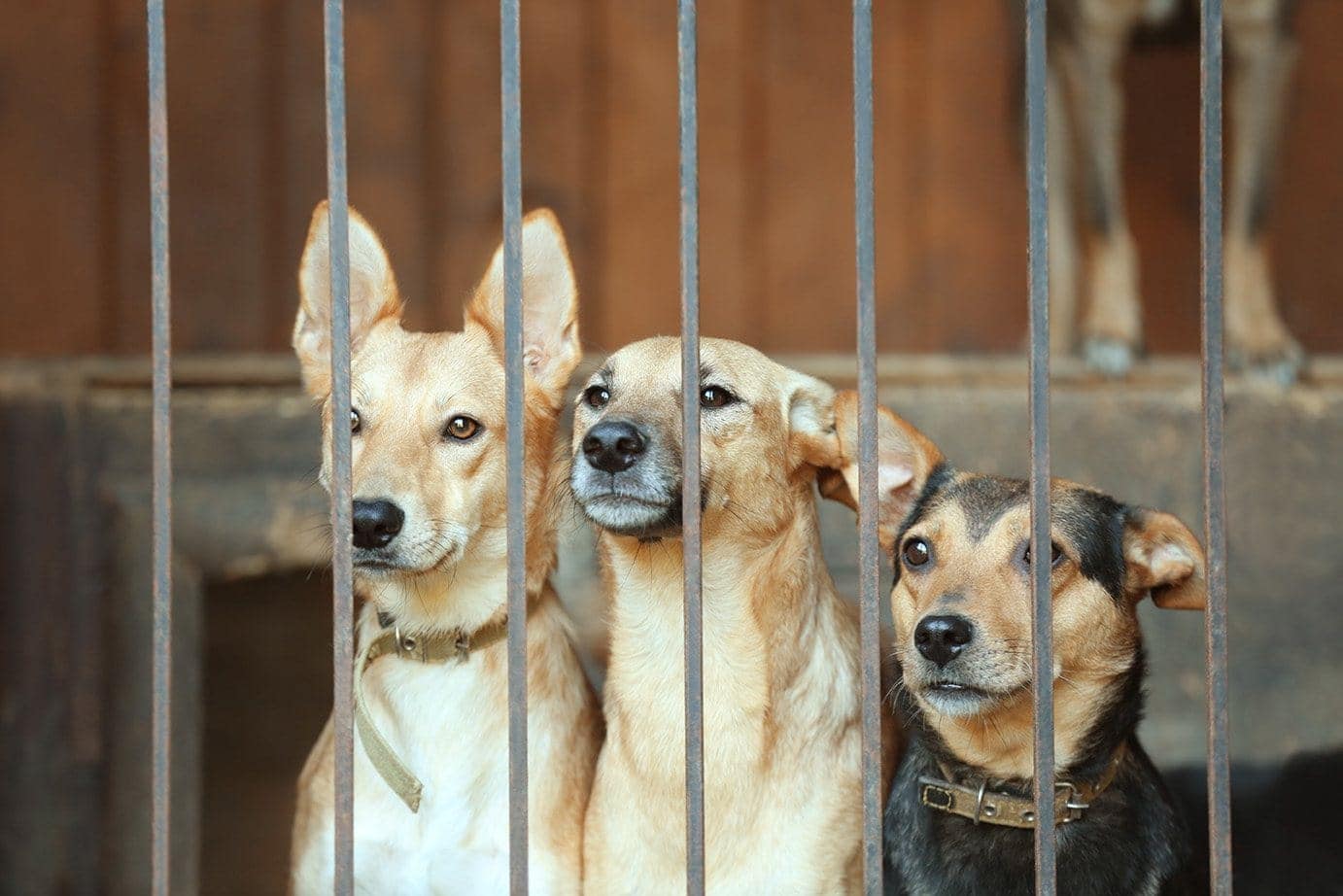
If someone finds your dog but doesn’t know how to contact you, they may take your canine to the shelter. You should call your local shelter and let them know you’re missing your pet. You can provide a description and ask them to call you if a dog comes in matching that description. However, you should also visit them regularly to take a look at their current dogs. Descriptions have a tendency to be very subjective, which can make your dog fall through the cracks.
The only way to be certain that your dog isn’t at the local shelter is to visit the local shelter.
You should also visit the shelters of neighboring areas and let them know you’re looking for your dog. Some breeds, in particular, are known for traveling extremely long distances from home. Hounds are the worst offenders, as they often start chasing animals and then end up miles from where they originally started. However, larger dogs like Huskies and German Shepherds often run for miles after escaping.
If there are no shelters close to your home, you should consider contacting the local police department. Animal control is often more involved in handling lost pets in areas that don’t have their own rescues.
3. Go to Social Media

Before social media, missing posters were the best way to locate your missing dog. However, this isn’t the case anymore. Instead, social media is easily the best place to ask about missing pets. There are often groups dedicated to missing animals in specific areas. If you can find one of these groups in your area, let them know you’re missing your pet. Include pictures as well as your rough location so that people have a better idea of what your dog looks like and where they might be.
You should also post on your personal pages, including a picture and location. Make this post shareable so that friends and family members can share them with their friends, which increases the number of people that see your post. Remember, your post could end up being seen by someone that doesn’t know you at all, so you should include your contact information and anything else that may be important for them to know.
4. Call the Local Vets
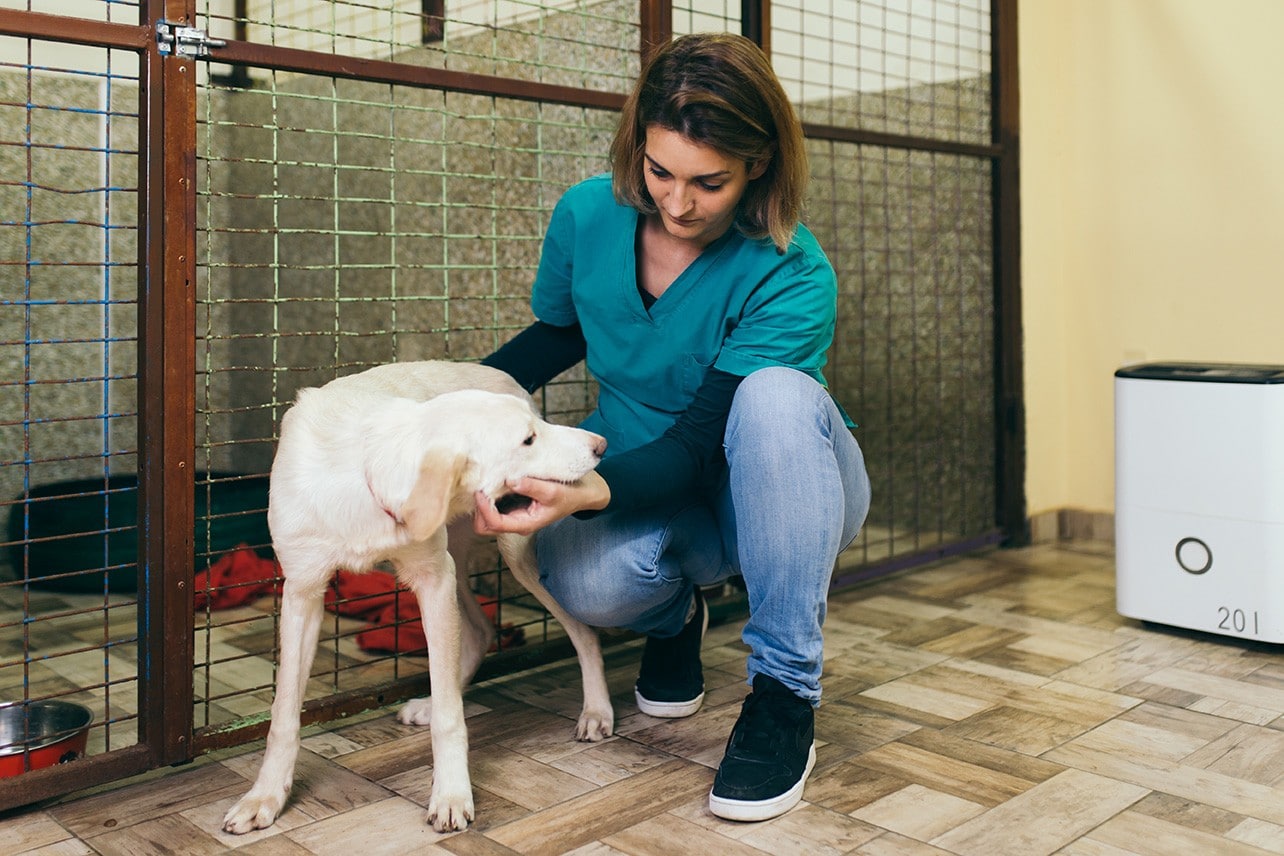
You should also contact your local vets and visit with pictures. If your dog is injured, someone will likely take them to the vet’s office. Just in case this happens, you want your local vets to know that the animal is yours so that they can contact you. Often, the vets will turn the animal over to the animal shelter. However, some do their own adoptions.
You should contact all the local vets in your town and provide them with a picture of your pet. Go there in person with flyers, which help remind the vet and staff to keep an eye out for your dog. Ask the vet to call you if a dog matching your description comes in. Consider contact vets in neighboring areas as well.
5. Use a Service
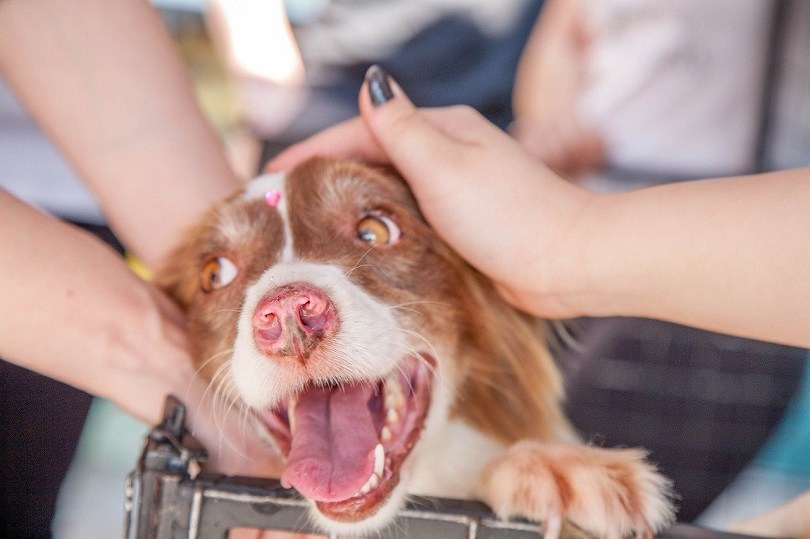
There are some services that will contact all local shelters, rescues, vets, and neighbors for you. If you’re having trouble contacting all the necessary people or are afraid that you’ll miss something, paying for one of these services may be an option. They typically aren’t terribly expensive. Many even offer free options, though these often aren’t as helpful as the paid option.
This step isn’t necessary in the least, but it can be helpful if you don’t have the time or ability to make all the rounds yourself. Furthermore, if you’ve already been searching in vain for your lost pet, you may want to consider it as an alternative option. You never know who you might have missed!
6. Think Like a Dog
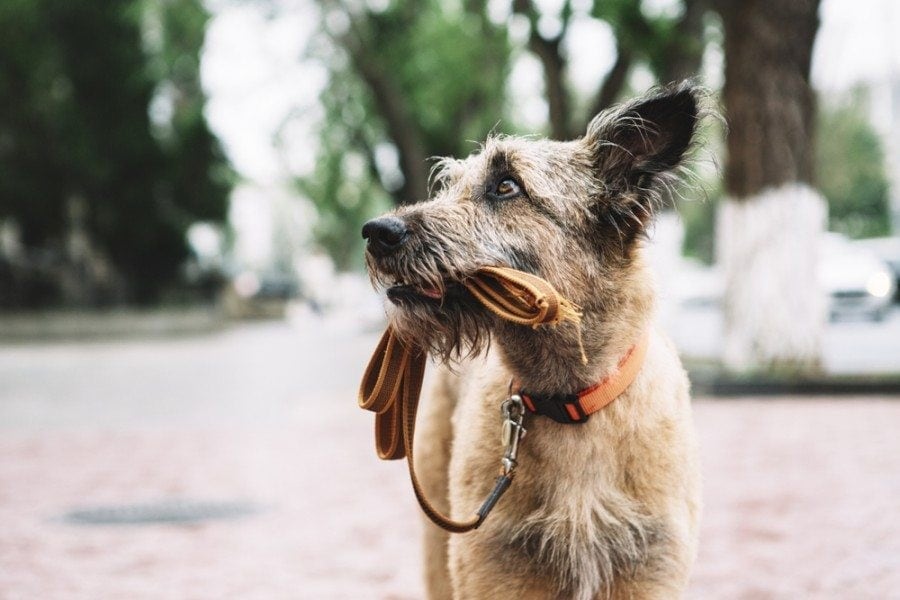
You likely know your dog better than anyone. If you’ve canvased the neighborhood and contacted local authorities without any luck, you should start considering where your dog might have gone. Many dogs have the same needs: food, water, shelter. You should consider where your dog might find these things. If there is a fast-food restaurant nearby, check there. Small dogs may be hiding at these locations. However, some food and your voice should help lure them out. You may even want to let the employees know that you’re missing a dog, as they may wander up in search of a meal.
Take a look at the businesses and locations around you to consider if your dog might have taken shelter there. Places with lots of outdoor inventory may have plenty of places for a dog to hide and take shelter. Employees might not even find these dogs for days.
Some dogs are special cases, however. Scent dogs may get on a trail and follow it. These dogs are more likely to end up in the woods and other wild places. Intact males may smell a female in heat and go after them. Typically, they will stay near the female for some time. Look around your neighborhood for other families that have dogs and consider checking those areas particularly well.
7. Leave Food Outdoors
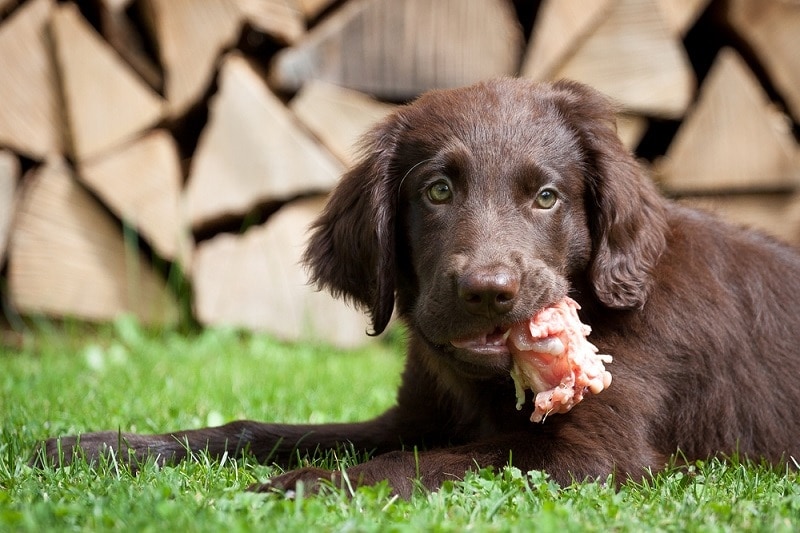
When a dog has been lost for a while, they are likely very cold and hungry. Many lost dogs will spend significant amounts of time looking for food and shelter. If you leave food out near where your dog went missing, they could very well find their way back. This only works if your dog is nearby, of course.
If your dog went missing somewhere away from home, this may be your best option. The dog will likely still be in the area and may smell the food. You should plan on leaving food out over a number of days and checking back often. The dog might not find it the first day, but they may a few days after that.
Of course, this also runs the risk of other things eating the food. You can’t exactly ensure that only your dog is eating the food. However, if you’ve tried everything else on this list, it may be worth a shot.
8. Utilize the Services of a Bloodhound

One very effective but rarely thought of option is to use a Bloodhound. Many people who own and train Bloodhounds will rent out their services to help you find a lost dog. All you need is something that smells like your dog, as well as the general area where your dog went missing. If your dog ran out the front door, the Bloodhound could start in your yard, for instance.
Because Bloodhounds can find just about any animal, tracking down a dog often isn’t too hard. This works best if your dog has only gone missing over the past few days, as it will ensure that their scent is fresh and that they haven’t left the area.
However, some dogs may be scared of the Bloodhound and run away when they see them. You may not be immediately reunited with your dog when you use this method. However, it may lead you to the area your dog is staying in, which will allow you to use other methods to find them.
Final Thoughts
As a dog owner, the worst thing you can do is panic when your dog has run off. As you can see, there are plenty of ways to take action. By remaining calm and being thorough, you can increase the odds of being reunited with your loved one.
See also: National Lost Dog Awareness Day: What It Is & When to Celebrate?
Featured Image Credit: Michael Jin, Unsplash







